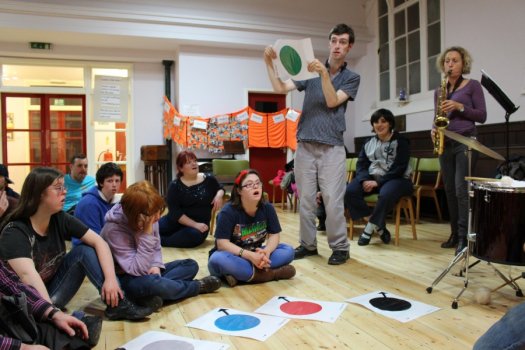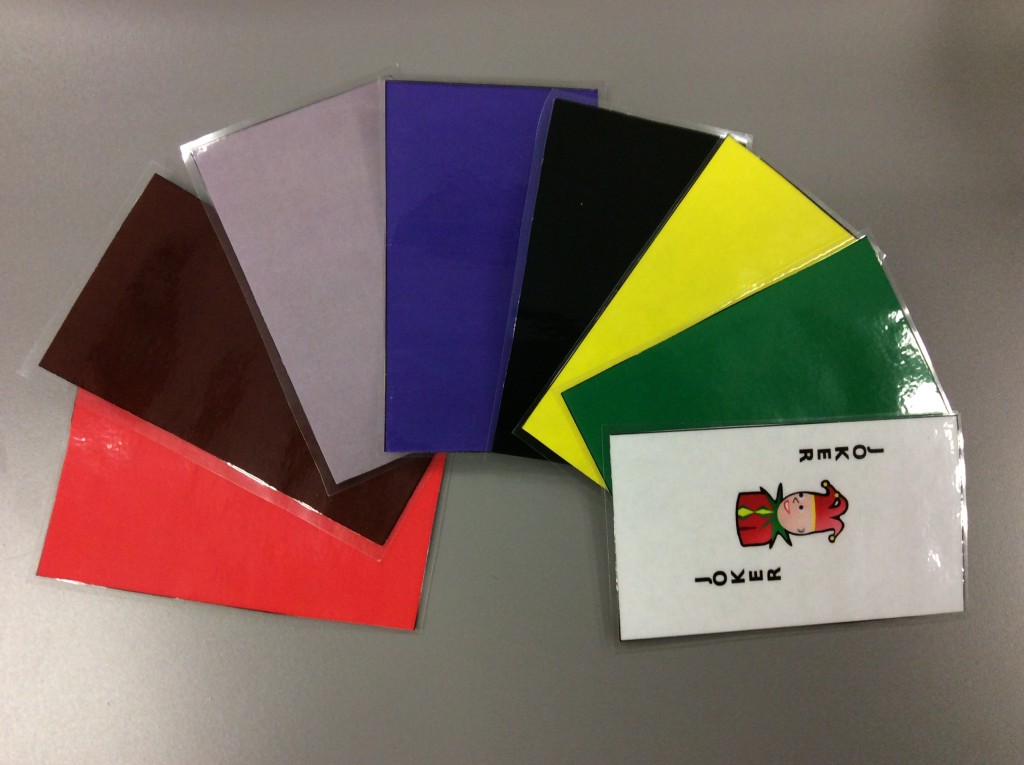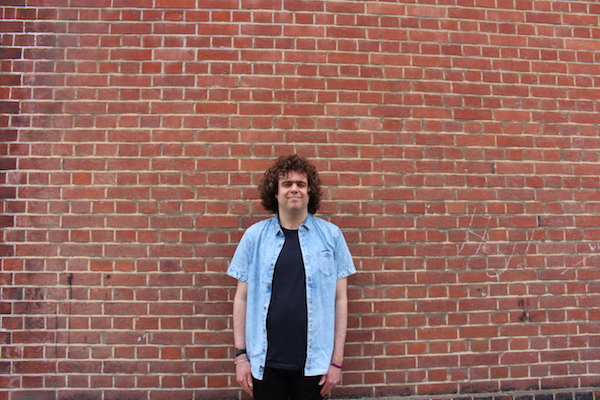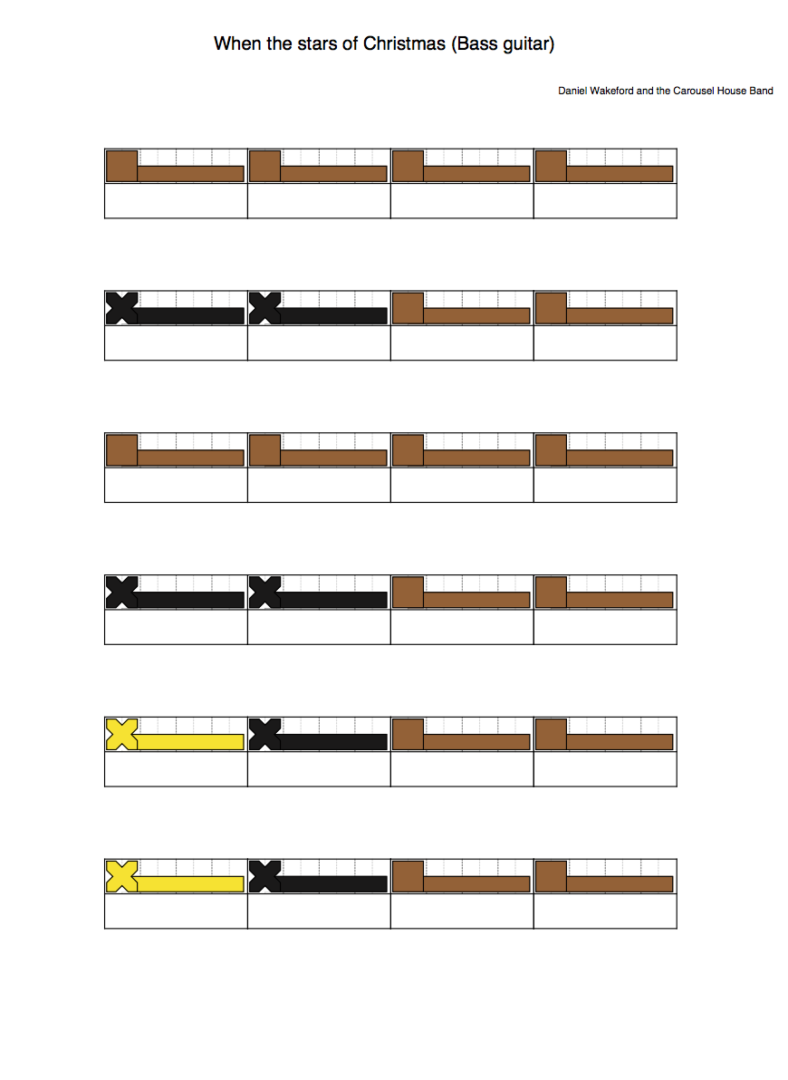Sam Dook from ‘Carousel’, a disability led arts organisation in Brighton, tells us of the joys of collaboration and composition, along with some great advice on which resources to use to get you started.
For the last two years we have explored implementing Figurenotes in our music projects. It has proven to be very successful; perfect for supporting artists with learning disabilities to create and notate original music, as well as learning to play instruments. We have found Figurenotes to be incredibly inclusive, it enables people of all abilities to participate in group musical activities.
Project participants use Figurenotes flashcards to explore sound
When using Figurenotes in sessions, it is very useful to have a selection of colourful resources to work with. One of the first resources we used was the ‘Five Note Row’ (available from the Figurenotes Resource Base). I would thoroughly recommend this resource. It is a great way to quickly see how a simple bass line and melody can be created through a simple choice-making process. When trialling this resource, I found it worked brilliantly to assign the playing of the bass line part to one person or group, and the melody part to another person or group. This makes for a great teamwork exercise too.
We have also experimented with creating our own Figurenotes resources. A pack of laminated flashcards is really useful if working with larger groups. You can get flashcards of colours and chords from the Resource Base. The latest resource I tried to develop was a set of handheld cards in Figurenotes colours, including a joker card.
Handheld Flashcards
The idea was to use these cards in the early initial assessment stage of implementing Figurenotes in a project. The cards were a perfect size for a simple colour-matching exercise or a game of snap, both of which will inform the facilitator of individuals’ abilities to match the colours, which is an integral skill needed when working with Figurenotes scores etc.
We are still thinking of variations of games you could play with these cards. One idea would be a game whereby at some stage in the game you would make a musical part from the hand that you are holding by laying the cards out and playing the sequence. I think there could be many ideas on these kind of themes that would make for fun, engaging ways to explore music using Figurenotes. You can pick up the resource here:Figurenotes Cards.
One piece of advice, if you are making your own resources, is to use the same shades of the colours that are already present on official Figurenotes resources, as the colour shades work much better if they are universal across all the resources.
A new project of ours, called ‘The Carousel House Band’, aims to further explore Figurenotes. The band is embarking on a variety of commissions, collaborations and challenges to test the flexibility of the system. The band’s most recent collaboration was with learning disabled singer Daniel Wakeford, who is known to many as one of the stars of the Channel 4 programme ‘The Undateables’. Daniel is a talented singer and songwriter.
Daniel Wakeford
The band wanted to explore writing an original Christmas song with Daniel. We used Figurenotes as a way of exploring creating chord sequences.
Daniel wrote original lyrics and explored melody and composition with the band. ‘When the Stars of Christmas’ was the result of this collaboration. You can hear it here. The bass guitar score is at the end of this blog.
The band performed the song live to an audience at the Blue Camel Club, a learning disabled led club night in Brighton
The Carousel House band with Daniel Wakeford
The Carousel House Band will continue to explore using Figurenotes in different settings throughout the year. I am writing a regular blog about the journey of the project.
Learn more about Carousel and their work in Brighton here.





